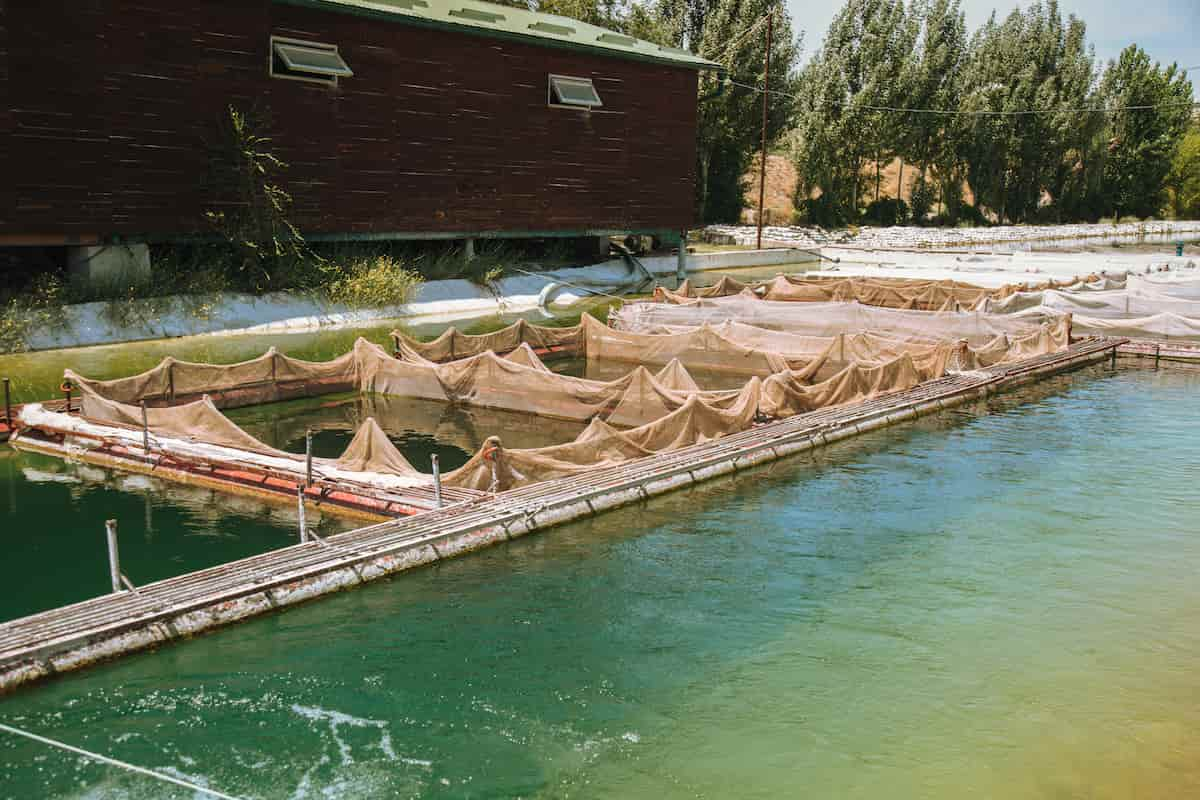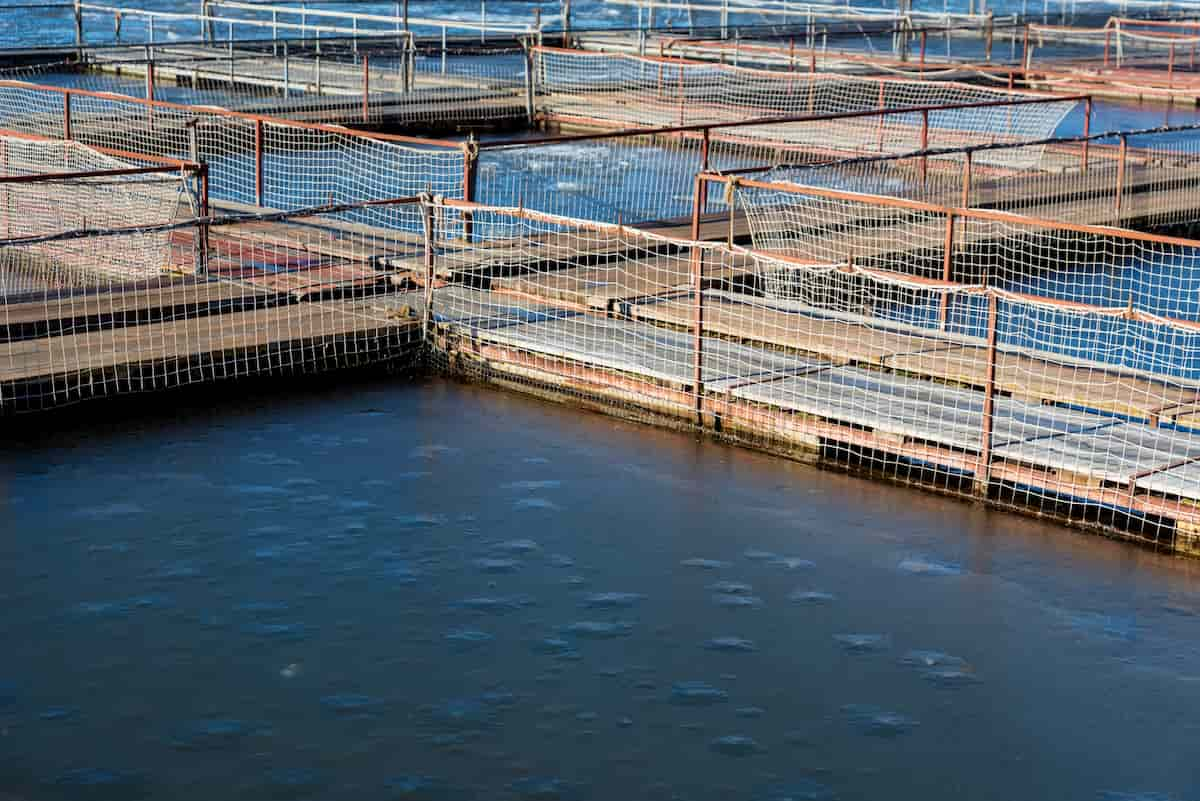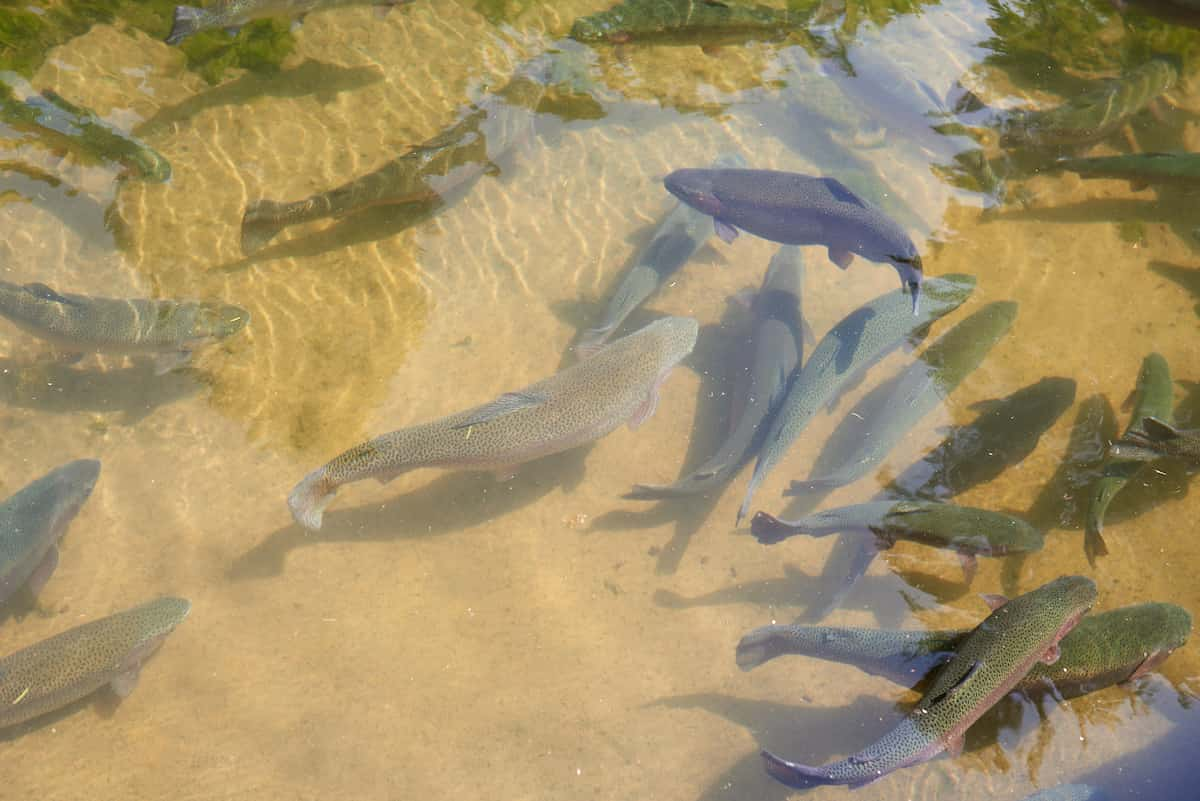Fish farming is an excellent source of income and a way to produce high-quality protein for consumers. Building a fish pond for commercial production requires careful planning, design, and management to ensure success. Even if you have never been a farmer before, if you follow the right steps, you can build a pond that is good for your fish species and the market.

How to Build Fish Pond in 10 Steps
Location and Size of the Pond
The first step is to choose the location and size of your fish pond. It is essential to select a location with access to a reliable source of water and a flat or gently sloping terrain. The pond size should be based on the fish you plan to raise and the available space. For commercial production, a large pond is necessary to maximize yield.
Design the Pond
After selecting the location and size, design your pond to suit your commercial fish production needs. The pond should have adequate depth, at least 6-8 feet deep, to provide a conducive environment for fish growth. You should also consider adding water inlet and outlet structures, overflow pipes, and drainage systems.
Excavate the Pond
After designing the pond, the next step is to excavate it. This involves digging out the soil and shaping the pond according to the design specifications. You can hire a professional excavator or use a backhoe to excavate.
Install a Pond Liner
Once the excavation is complete, the next step is to install a pond liner to prevent water from seeping into the soil. Depending on your preference and budget, you can use a plastic liner, clay liner, or concrete liner. Ensure that the liner is properly installed to prevent water leakage and ensure the longevity of the pond.
Install Water Inlet and Outlets
After installing the pond liner, the next step is to install water inlet and outlet structures. The water inlet should allow fresh water to flow into the pond continuously, while the outlet should allow excess water drainage. The inlet and outlet should be positioned to promote water circulation in the pond, which is essential for fish growth and survival.
Fill the Pond with Water
Once the pond liner is in place, and the water inlet and outlet structures have been installed, the next step is to fill the pond with water. You should ensure that the water is free from contaminants and of the right temperature and pH level to promote the growth and survival of your fish.
In case you missed it: A Step-By-Step Guide to Building a Fish Pond in Your Backyard: A First Step to Fish Farming

Stock the Pond with Fish
After filling the pond with water, the next step is to stock the pond with fish. Choose fish species that are suitable for your local climate and market demand. Depending on your budget and preference, you can buy fingerlings or spawn.
Provide Adequate Nutrition
Fish require a balanced and nutritious diet to grow and thrive. You should feed your fish a high-quality commercial feed or make your own fish feed using locally available ingredients. Ensure that the feed contains the right nutrients and is given correctly and frequently.
Manage Water Quality
Water quality is crucial for the growth and survival of your fish. You should monitor and maintain the pH level, dissolved oxygen, temperature, and other parameters to ensure optimal water quality for your fish. You should also regularly check for signs of disease and take appropriate measures to prevent or treat any outbreaks.
Harvest the Fish
The final step is to harvest your fish once they reach the desired size and weight. You should use appropriate harvesting techniques to minimize stress and ensure the fish are of high quality. You can sell the fish to local markets or processing plants or use them to start a new production cycle.
In case you missed it: Top 10 Fish Diseases: Symptoms, Causes, Prevention, and Control

It’s also crucial to design the pond properly, considering factors like water inlet and outlet structures, overflow pipes, and drainage systems. Excavating the pond, installing the liner, and water inlet and outlet structures should be done carefully to prevent leaks and ensure the pond’s longevity. Additionally, stocking the pond with the right fish species, providing adequate nutrition, and managing water quality is essential for success. Following these guidelines, you can build a fish pond that meets your needs and supports commercial production.
Conclusion
Building a fish pond for commercial production can be rewarding, but it requires effort, dedication, and a willingness to learn. With the right skills and knowledge, fish farming can provide a sustainable source of income and contribute to food security.
- Feed Your Flock for Less: Top 10 Tips to Save on Chicken Feed
- Ultimate Guide to Ossabaw Island Hog: Breeding, Raising, Diet, and Care
- Hatching Answers: The Top 10 Reasons Your Chickens Aren’t Laying Eggs
- Eggs and Economics: Breaking Down the Cost of Raising Backyard Chickens
- Defend Your Greens: Proven Methods to Keep Iguanas Out of Your Garden
- Ultimate Guide to Cinnamon Queen Chicken: A Comprehensive Guide for Beginners
- Ultimate Guide to California Tan Chicken: Breeding, Raising, Diet, Egg-Production and Care
- Ultimate Guide to Marsh Daisy Chicken: Breeding, Raising, Diet, and Care
- 10 Types of Chicken Farming Businesses You Can Start for Profits